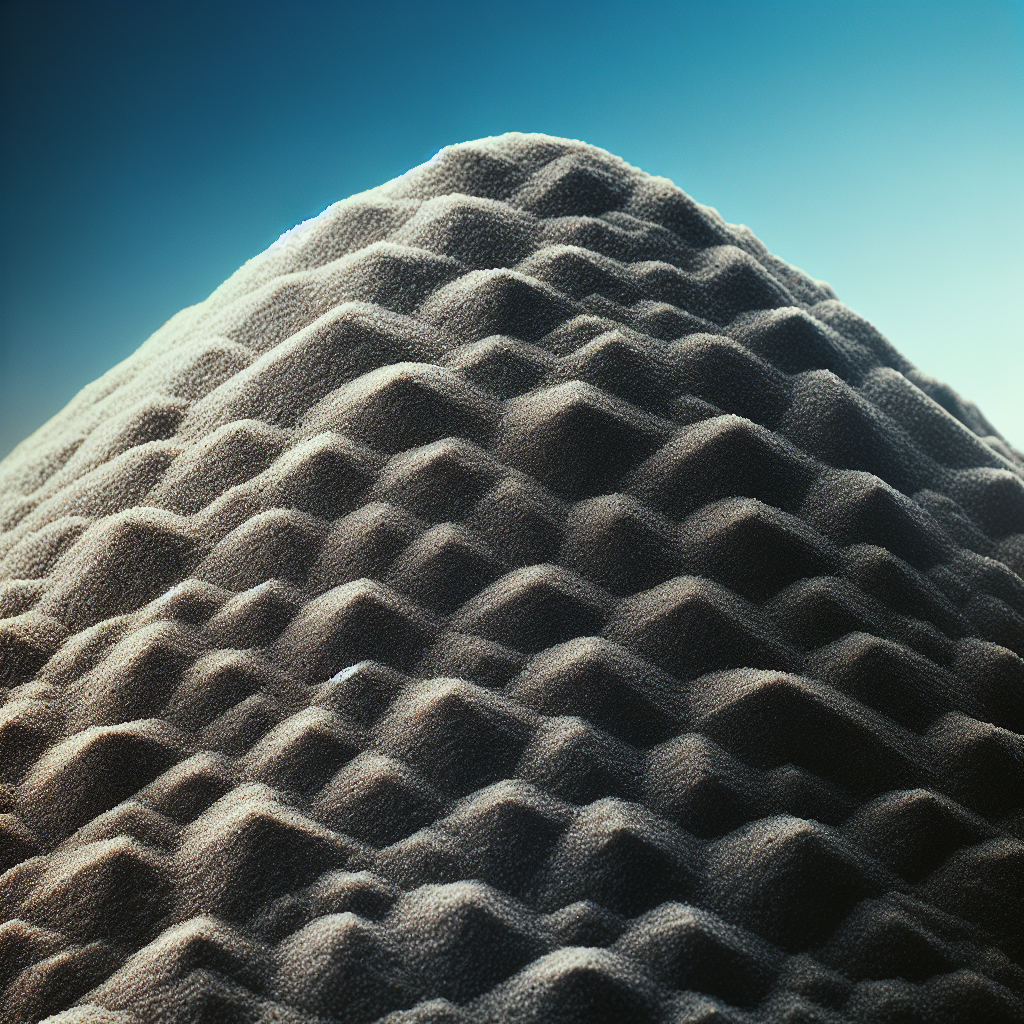Path Edging
KEY BENEFITS
- Quick and easy to install
- Maintenance free
- Will not lift in frost
- Save hours of back-breaking edging work
- Ensures ‘just edged’ look permanently
- Can be used in many border options — sand, gravel, lawn, pebbles, slate, etc.
Specification

RITE EDGE — 2.4m
Available in a variety of colours:
- Natural
- Brown
- Green
- Black

RITE EDGE — 1.2m
Available in a variety of colours:
- Natural
- Brown

RITE L EDGE
- Colour: Natural
- Sizes: 18 x 30mm, 25 x 50mm, 38 x 50mm, 50 x 50mm, 64 x 50mm, 75 x 70mm, 100 x 70mm, 120 x 70mm, 150 x 70mm
Installation Guide
PAVING GRID WITH GRASS INFILL
PAVING GRID WITH GRASS INFILL

01
The existing subsoil/base (F) should first be tested to determine strength and permeability. Excavate/level the subsoil/base in preparation for the laying procedure as detailed below.
02
Cover the subsoil with a layer of Geotextile Membrane (E).
03
Apply an open grade sub-base (D). Drainage may be required if subsoil has poor permeability. The depth of this sub-base will depend on the strength and permeability of the existing subsoil. For the purpose of these installation guidelines, we have assumed a CBR strength of the subsoil of 2-4, which requires a sub-base depth of 150-225mm. If the strength of the subsoil is deemed to be lower than this, the depth of the sub-base will need to be increased accordingly. It is essential that the sub-base is compacted with a vibrating roller or vibrating plate.
04
Apply a bedding layer of 50-70mm (C) of 60-40 or 70-30 root zone. The bedding layer must be compacted.
05
Apply AHS Paving Grid (B). Fill the grid with more of the root zone, to within 3mm of the surface of the grid. Do not overfill the paving cells.
06
A vibrating plate can then be used to firm the grid and root zone infill.
07
The area can now be seeded and watered. Do not overfill the paving cells.
08
The seeded area can be driven on immediately. However, we strongly recommend that you allow time for root establishment before using it. Watering is essential during the early days/weeks of establishment, especially during times of exceptionally hot weather.
09
Edging and/or kerbing should be used with AHS Paving Grid to prevent lateral movement and ensure the grid is able to withstand pressure from vehicular and pedestrian use. 10 Maximum recommended gradient for vehicular use is 11°.
Latest Paving Grid Project Gallery
How Does Play Sand Support Children’s Development?
Discover how play sand supports children's development. Enhance fine motor skills, foster creativity, and promote social skills. Learn more here.
Why Is Aggregate Used In Asphalt?
Discover why aggregate is essential in asphalt. Learn about its role in providing stability, strength, and durability to pavement, and how different types and sizes contribute to withstanding wear and tear, heavy loads, and weather conditions. Find out the importance of aggregate in structural stability, load-bearing capacity, rut resistance, skid resistance, drainage, and noise reduction. Explore the properties, preparation, handling, size distribution, and proportioning of quality aggregate for asphalt. Understand aggregate gradation specifications and the challenges and limitations associated with its use. Lastly, delve into research and innovation in aggregate technology for sustainable and high-performing asphalt pavements.
What Is The Role Of Sand In Mortar Mixes?
Learn the role of sand in mortar mixes. Discover how sand adds volume, improves workability, and enhances strength in construction projects. Don't overlook this crucial ingredient!
Contact Us
Error: Contact form not found.










